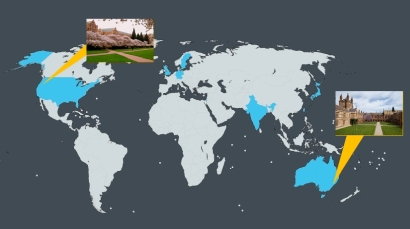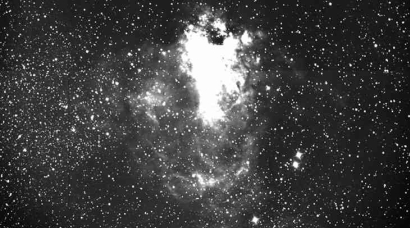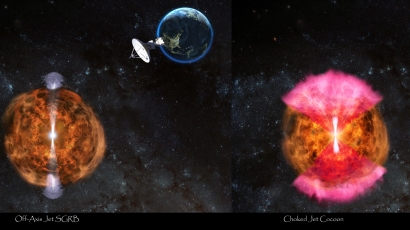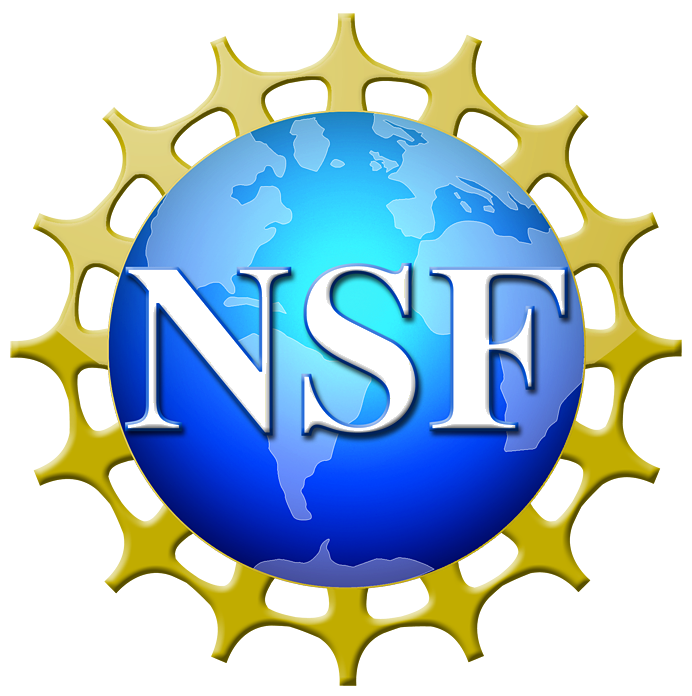GROWTH welcomes two new partners
GROWTH enters new strategic partnerships expanding beyond the northern hemisphere and forming closer ties with one of the founders of the Large Synoptic Survey Telescope (LSST) Corporation.
Read moreIndia’s first robotic telescope opens its eyes to the universe
The new, fully robotic GROWTH - India telescope sees first light. Located in the Indian Hymalayas, it is the latest addition to the GROWTH global network of observatories.
Read moreAround the world with GROWTH SURF
Seven undergraduate students have joined the GROWTH SURF 2018 program. Each will travel to a foreign country to undertake a summer research project and learn more about international collaboration in science.
Read moreUpdate on Neutron Star Smash-Up: Jet Hits a Roadblock
New radio observations provide additional evidence supporting the "cocoon model" for the neutron star merger GW170817 that took place on Aug 17. The model, originally proposed by the GROWTH team explains the electromagnetic data for GW170817 captured by many telescopes around the world across multiple wavelengths.
Read moreCaltech-led LIGO and astronomy teams strike gold
Caltech-led GROWTH observations in the infrared, X-ray, ultraviolet, and radio waves of the historic GW170817 event when two neutron stars collided and merged into one provide the first concrete proof that such smashups are the birthplace of half of the universe's elements heavier than iron, including gold and platinum.
Read moreStar Sleuth
An engaging interview about the life and work of GROWTH Principal investigator and Caltech assistant professor Mansi Kasliwal in this feature story published in the latest issue of the Caltech magazine.
Read moreDear supernova, what exactly are you?
A peculiar object flashed in the sky in the summer on 2016. The urge to find out what it was, took GROWTH summer student Lindsey Whitesides down a rabbit hole and into the strange and fascinating world of stellar explosions.
Read moreChasing Cosmic Explosions with GROWTH
GROWTH students and postdocs at the Palomar Observatory in California joined remotely a large audience in the Nehru Planetarium in Mumbai, India to give them a glimpse of what real astronomers do during an interactive presentation led by GROWTH co-investigator Varun Bhalerao.
Watch











